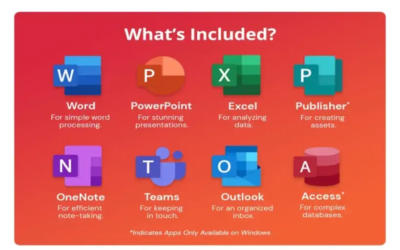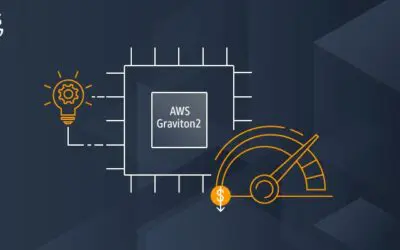
If you’re using AWS DocumentDB with Kubernetes and you want to connect to your DocumentDB cluster, you’ll first need to configure your AWS and Kubectl command line interfaces. You can learn how to use the AWS CLI and Kubectl here.
After you’re able to connect to your Kubernetes cluster via the AWS command line, you’ll need to spin up a new pod to enable you to connect to your Document DB instance. To spin up a new pod, use the following kubectl command
kubectl run -i --rm --tty mongo-client --image=mvertes/alpine-mongo --restart=Never --command -- /bin/bashThe run command will create and run a particular image,. The –image will be the docker container from http://github.com/mvertes/docker-alpine-mongo. This will create the mongo client pod. We’ll set the pod to never restart, and we will want to enter into the new pod with bash.

Joel Garcia has been building AllCode since 2015. He’s an innovative, hands-on executive with a proven record of designing, developing, and operating Software-as-a-Service (SaaS), mobile, and desktop solutions. Joel has expertise in HealthTech, VoIP, and cloud-based solutions. Joel has experience scaling multiple start-ups for successful exits to IMS Health and Golden Gate Capital, as well as working at mature, industry-leading software companies. He’s held executive engineering positions in San Francisco at TidalWave, LittleCast, Self Health Network, LiveVox acquired by Golden Gate Capital, and Med-Vantage acquired by IMS Health.


